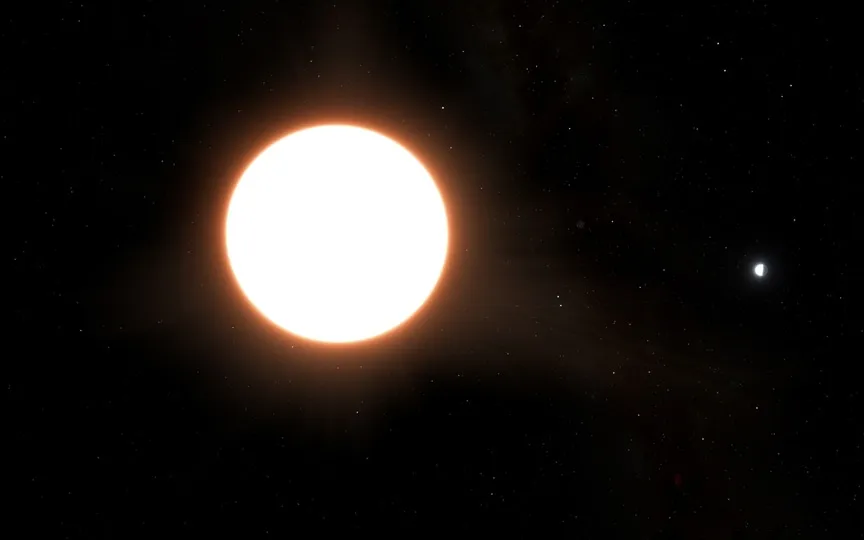Explore the Unique Exoplanet with the Largest Mirror in the Universe
The Cheops Space Telescope in Europe has made an intriguing discovery of an exoplanet that is exceptionally reflective, surpassing any other planet observed beyond our solar system. This scorching hot planet, situated 260 light years away from Earth, is adorned with metal clouds and experiences titanium raindrops. Impressively, it reflects a remarkable 80 percent of the light emitted by its host star.
Astronomers believe that the exoplanet matches the brightness of Venus and the planet LTT9779 b, which was discovered earlier in 2020 and orbits its star in just 19 hours.
About the recently discovered exoplanet
According to ESA. the exoplanet is the same size as Neptune, making it the largest “mirror” of the universe. Its exceptional reflectivity is due to the presence of metallic clouds. These clouds are mainly composed of silicate.
Scientists believe the planet’s size and temperature make it a “very hot Neptune,” and no such planet has been found before.
Astronomers believe that such planets should not exist. Such a planet is said to survive thanks to its metal cloud. Clouds play a crucial role in reflecting light like a mirror, preventing the planet from getting too hot. In addition, the planet’s significant metallic composition adds weight to both the planet and its atmosphere, making it even more challenging to sweep.
The Cheops space telescope, launched in 2019, played a crucial role in measuring the planet’s reflectivity by comparing the light before and after LTT9779b disappeared behind its star.
what is the role of the cheops space telescope?
Cheops is ESA’s signature ExOPlanet satellite. It operates in a sun-synchronous dusk-dawn orbit 700 km above the earth. It was launched to study bright, nearby stars known to host exoplanets. The goal of the mission is to collect very precise measurements of the dimensions of the planet as it passes across its host star. It plays a key role in finding alien planets larger than Earth or Neptune in size.
It uses the transit method to measure the size of planets of known mass, which also helps to arrive at the bulk density. These discoveries will help astronomers to study and discover the secrets of the formation and evolution of planets over huge areas.




